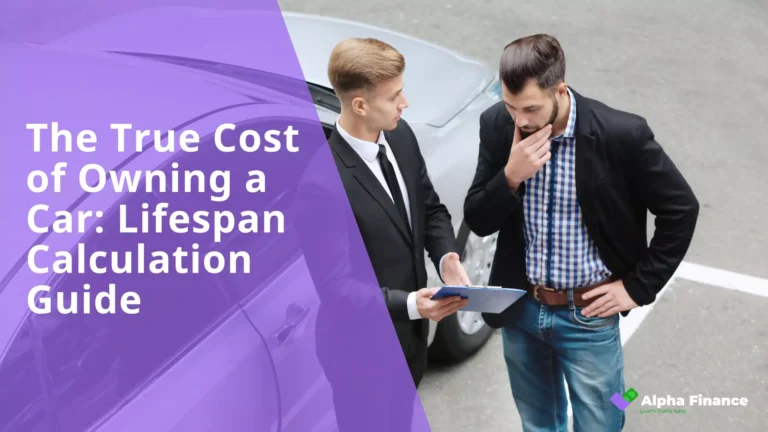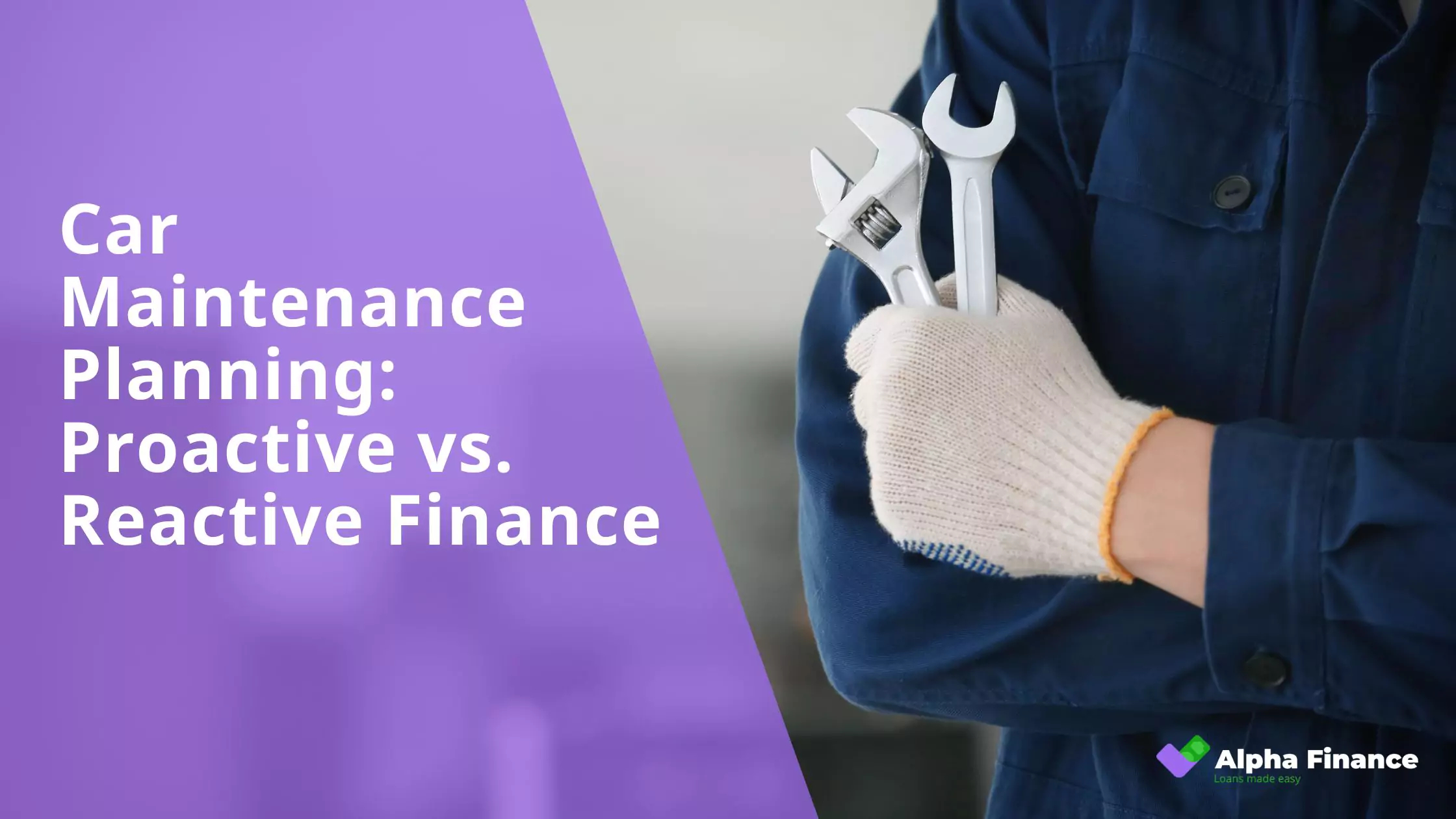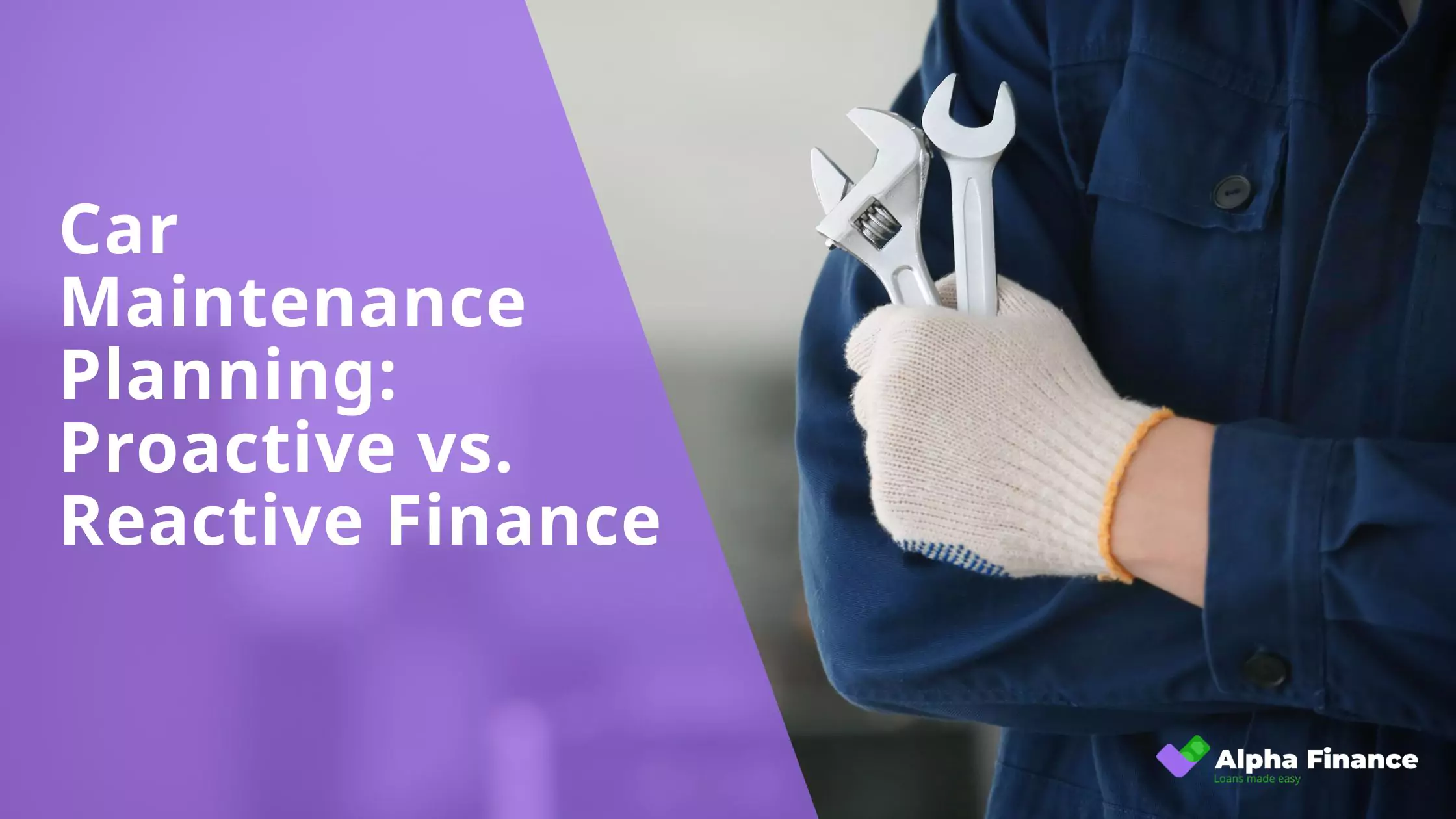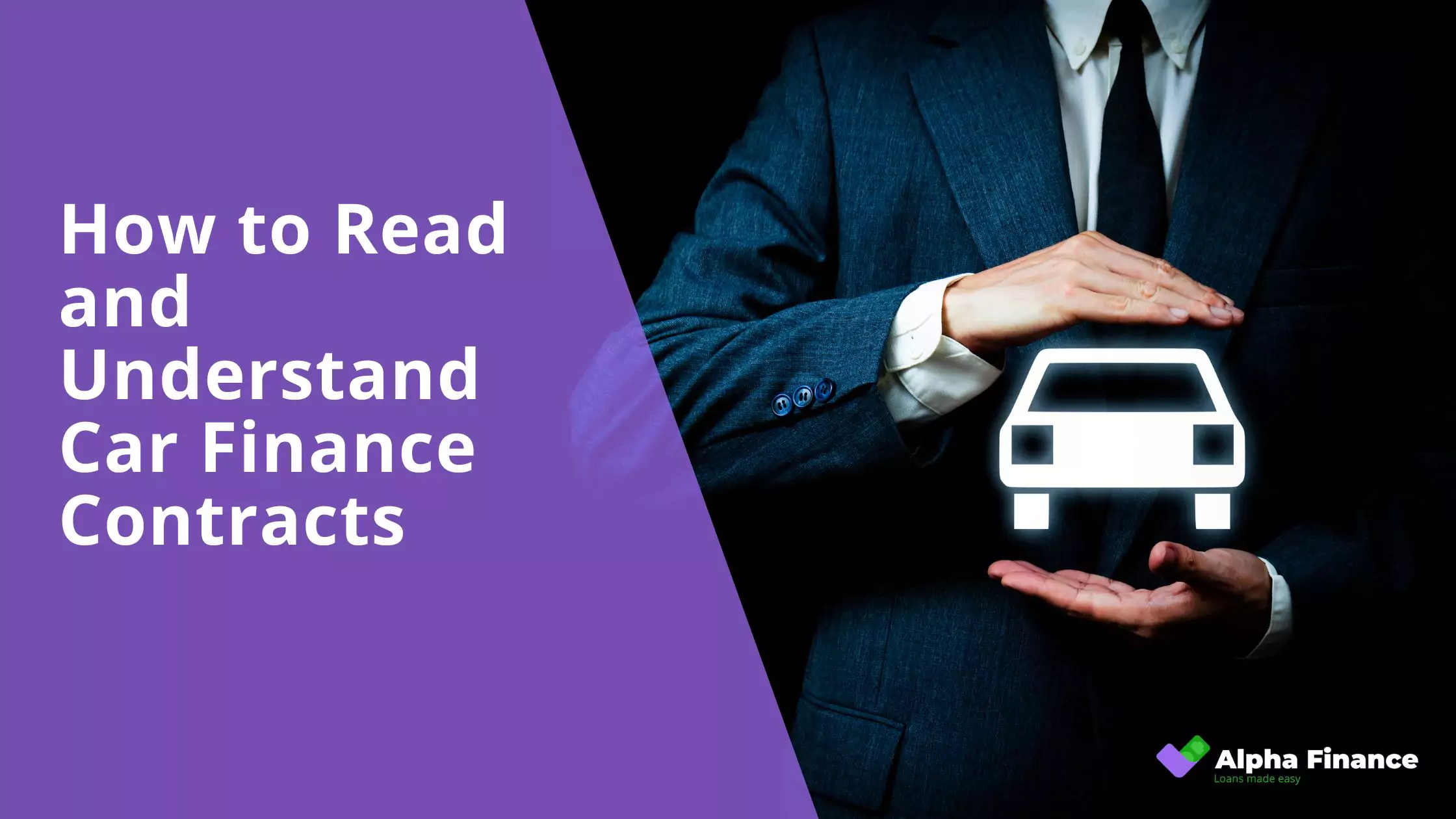When considering a car purchase, it’s easy to focus solely on the advertised price tag. However, this initial outlay represents just the beginning of your financial commitment. The true cost of ownership extends far beyond the showroom and encompasses a range of recurring and unexpected expenses throughout the vehicle’s lifespan. Understanding and estimating this total cost is crucial for sound financial planning, allowing you to budget accurately and make informed decisions about the type of vehicle you can truly afford over the long term.
This comprehensive guide aims to provide you with a clear and actionable framework for accurately estimating the total cost of owning a car, empowering you to make financially responsible choices that align with your budget and long-term financial goals.
The Initial Outlay: The Purchase Price and Associated Fees
The journey of car ownership begins with the initial costs incurred at the time of purchase:
-
Purchase Price: This is the negotiated price you agree to pay for the vehicle, whether it’s brand new or a used model. Remember that the Manufacturer’s Suggested Retail Price (MSRP) for new cars is often negotiable.
-
Taxes: Depending on your location (in the Philippines, this would include Value Added Tax or VAT, and potentially other local taxes), you will need to factor in the applicable sales tax or other government-levied taxes calculated on the purchase price of the vehicle.
-
Registration and Title Fees: These are the mandatory costs associated with legally registering your vehicle with the Land Transportation Office (LTO) and obtaining the official title of ownership. These fees can vary based on the vehicle’s type, age, and your location within the Philippines.
-
Dealer Fees: Dealerships may charge various administrative or documentation fees to process the sale. These can cover paperwork, vehicle preparation, and other services. It’s important to understand and potentially negotiate these fees.
-
Extended Warranties (Optional): If you choose to purchase an extended warranty beyond the manufacturer’s standard coverage, the cost of this optional protection should be included in your initial outlay. While it can provide peace of mind, weigh the cost against the likelihood of needing it and the potential cost of future repairs.
The Recurring Costs: Regular Expenses Throughout Ownership
Beyond the initial outlay, a significant portion of the total cost of car ownership arises from regular, ongoing expenses:
-
Fuel Costs: Estimate your annual kilometres travelled based on your typical driving patterns (commuting, errands, leisure trips). Determine the fuel efficiency (litres per 100 kilometres) of the specific vehicle you are considering. Multiply your annual kilometres by the prevailing fuel price per litre across Australia. Factor in potential fluctuations in fuel prices over your ownership period.
-
Insurance Premiums: Car insurance is a recurring expense, typically paid annually or monthly. Obtain quotes for the vehicle you are considering, taking into account your desired coverage levels (comprehensive, third-party property damage), your driving history, age, and location within Australia. Account for potential increases in premiums over time.
-
Regular Maintenance: Adhere to the manufacturer’s recommended service schedule, which typically includes oil changes, filter replacements, tyre rotations, fluid checks, and periodic inspections. Research the average costs for these services for your specific car model at reputable service centres in your area. Neglecting regular maintenance can lead to more substantial and costly repairs in the future.
-
Unexpected Repairs: Even with diligent maintenance, unforeseen repairs can occur. It is prudent to budget for these potential expenses. Research the reliability history of the car model you are considering. Certain makes and models are known for being more susceptible to specific types of repairs. Maintaining an emergency fund can assist in covering these costs.
-
Tyres: Tyres wear out over time and require replacement. Estimate the lifespan of the tyres based on your driving habits and the type of tyres your vehicle uses. Factor in the cost of a new set of tyres, including fitting and balancing, when calculating your long-term expenses.
-
Registration and Renewal Fees: In Australia, vehicle registration with the relevant state or territory authority needs to be renewed annually. Factor in these recurring fees, which can vary based on the vehicle’s age and type.
-
Tolls (If Applicable): If your regular commute or travel involves using toll roads, estimate your average monthly or annual toll expenses.
-
Parking Fees (If Applicable): If you incur regular parking costs at your workplace, residence (if off-street parking is not available), or other frequent destinations, include these in your recurring expenses.
-
Cleaning and Detailing: Whether you prefer DIY car washes or professional cleaning and detailing services, these costs accumulate over time. Estimate the frequency and associated expenses.
The Hidden Cost: Depreciation – The Silent Value Erosion
Depreciation represents the decline in your vehicle’s value from the time of purchase until you eventually sell or trade it in. While not a direct, out-of-pocket expense each month, it often constitutes one of the most significant costs of car ownership.
-
Understanding Depreciation: Cars are generally depreciating assets, losing value over time due to factors such as age, kilometres travelled, wear and tear, market demand, and the introduction of newer models. For most vehicle owners, depreciation is a substantial financial consideration.
-
Estimating Depreciation: Accurately predicting depreciation can be complex, but several methods can provide a reasonable estimate:
- Online Valuation Tools: Websites that offer car valuation services (such as those specific to the Australian market) often provide estimates of future resale value based on historical data for comparable vehicles. Adjust these estimates based on the specific condition and anticipated kilometres of your vehicle.
- Industry Guides: Australian automotive industry guides and publications may offer projected depreciation rates for different makes and models.
- Historical Data: Research the historical resale values of similar vehicles (same make, model, and year) that are a few years older in the Australian used car market. This can provide an indication of your vehicle’s potential value at the end of your planned ownership period. Market trends can influence these values.
- Depreciation Calculators: Several online tools specific to Australia are available to estimate depreciation based on purchase price, age, and condition.
-
Factoring in Resale/Trade-In Value: To calculate the total depreciation cost over your ownership period, estimate the likely resale value or trade-in value of your car at the time you intend to sell or trade it. Subtract this estimated future value from your initial purchase price. This difference represents the total depreciation cost you will incur. This figure should then be considered as part of your overall cost of ownership, distributed over the years you own the vehicle.
Financing Costs (If Applicable): The Price of Borrowing
For many Australians, financing a car through a loan is a common pathway to ownership. However, borrowing money comes with its own set of costs that need to be factored into your overall calculations.
Interest Paid on Loan: This is the cost the lender charges you for borrowing the money. The total interest you pay over the life of the loan can be significant and depends on several factors:
- Loan Amount: The principal amount you borrow.
- Interest Rate: The percentage the lender charges, usually expressed as an annual rate.
- Loan Term: The length of time you have to repay the loan.
To get an accurate figure for the total interest, it’s best to use an amortisation schedule or an online loan calculator. These tools break down your monthly payments and show how much of each payment goes towards the principal and how much goes towards interest. Your lender should be able to provide you with an amortisation schedule. Numerous free loan calculators are also available online.
Loan Origination Fees: Some lenders may charge upfront fees to process your loan application. These are often called origination fees, application fees, or processing fees. Be sure to ask your lender if any such fees apply and include them in your total financing costs.
Estimating Your Ownership Lifespan
Before you can calculate the ongoing costs, you need to estimate how long you plan to own the vehicle. This timeframe will influence the total amount you spend on things like fuel, insurance, and maintenance.
Define the period over which you plan to own the vehicle: Think about how many years you typically keep a car or how many kilometres you usually drive before considering an upgrade. Common ownership periods might be 5 years, 7 years, or reaching a certain kilometre milestone like 100,000 or 150,000 kilometres.
Consider factors influencing lifespan: Several things can affect how long you keep a car:
- Reliability: A more reliable car might encourage you to keep it for longer.
- Maintenance Habits: Regular and diligent maintenance can extend the life of your vehicle.
- Personal Needs: Changes in your family size, job, or lifestyle might necessitate a different type of vehicle sooner than planned.
- Technological Advancements: You might be tempted to upgrade earlier to access newer safety features or technologies.
Having a realistic estimate of your ownership lifespan is crucial for accurately projecting your total costs.
Putting It All Together: The Calculation Formula
Now, let’s bring all these components together into a clear formula for calculating the total cost of ownership:
Total Cost=(Purchase Price+Taxes+Fees)+(Total Fuel Costs+Total Insurance Costs+Total Maintenance Costs+Total Repair Costs+Total Tyre Costs+Total Registration Fees+Total Toll Costs+Total Parking Fees+Total Cleaning Costs)−Estimated Resale Value+Total Interest Paid
Let’s break down each part of this formula in detail:
1. Purchase Price: This is the initial price you pay for the vehicle, including any dealer markups or discounts.
2. Taxes: In Australia, this primarily refers to stamp duty, which is a state government tax calculated on the purchase price of the vehicle. The exact rate varies depending on the state or territory and the price of the car.
3. Fees: These can include various charges associated with purchasing the car, such as:
- Dealer Delivery Fees: Charges for transporting the vehicle to the dealership and preparing it for sale.
- Registration Costs (Initial): The cost of registering the vehicle in your name for the first time.
- Compulsory Third Party (CTP) Insurance (Initial): In most states, you’ll need to pay for CTP insurance when you register your vehicle.
4. Total Fuel Costs: This is the estimated total amount you’ll spend on petrol or diesel over your ownership period. To estimate this, you’ll need to consider:
-
Your Average Kilometres Driven Per Year: Think about your daily commute, weekend trips, and other driving habits.
-
Your Vehicle’s Fuel Efficiency: This is usually expressed in litres per 100 kilometres (L/100km) and can be found on the vehicle’s specifications or the manufacturer’s website.
-
The Average Fuel Price: Keep an eye on current fuel prices in your area and consider potential fluctuations over your ownership period.
Total Fuel Costs=(Annual Kilometres×Ownership Years÷100)×Fuel Efficiency (L/100km)×Average Fuel Price (per litre)
5. Total Insurance Costs: Car insurance is essential in Australia. You’ll likely have at least CTP insurance, and many owners also opt for comprehensive car insurance to cover damage to their own vehicle and third-party property. To estimate this:
- Annual Insurance Premiums: Get quotes from different insurers for the level of coverage you desire. Remember that premiums can change over time.
- Ownership Years: Multiply your estimated annual premium by the number of years you plan to own the car.
6. Total Maintenance Costs: Regular maintenance is crucial for keeping your car running smoothly and preventing more expensive repairs down the track. These costs include:
- Scheduled Servicing: Follow the manufacturer’s recommended service schedule, which typically occurs at kilometre or time intervals. Get an idea of the cost of these services from your dealer or local mechanics.
- Consumables: This includes things like oil changes, air filters, brake pads (as part of servicing), and other wear-and-tear items replaced during routine maintenance.
Estimate the annual cost of these services and multiply by your ownership years.
7. Total Repair Costs: Even with regular maintenance, unexpected repairs can happen. It’s wise to budget for potential repair costs, especially as your car ages. Consider:
- Vehicle Reliability: Some makes and models are known for their reliability, while others might have a higher likelihood of needing repairs.
- Warranty Coverage: Understand the terms and duration of your new car warranty.
- Contingency Fund: It’s a good idea to set aside a small amount each year for potential repairs.
Estimating repair costs is challenging, but researching the general reliability of the vehicle you’re considering can provide some insight.
8. Total Tyre Costs: Tyres wear out and need replacing periodically. The frequency depends on your driving habits, road conditions, and the type of tyres. Consider:
-
Average Lifespan of Tyres: Research how many kilometres or years you can typically expect from a set of tyres for your chosen vehicle.
-
Cost of Replacement Tyres: Get quotes for a set of tyres that fit your vehicle.
- Number of Replacements: Divide your estimated ownership kilometres by the average tyre lifespan to estimate how many sets of tyres you’ll need.
Total Tyre Costs=(Ownership Kilometres÷Average Tyre Lifespan)×Cost per Set of Tyres
9. Total Registration Fees: You’ll need to renew your vehicle registration annually in Australia. These fees vary by state or territory and the type of vehicle. Multiply the annual registration fee by your ownership years.
10. Total Toll Costs: If you regularly use toll roads, factor in these expenses. Estimate your annual toll costs and multiply by your ownership years.
11. Total Parking Fees: If you frequently pay for parking at work, shopping centres, or other locations, include these costs in your calculation. Estimate your annual parking expenses and multiply by your ownership years.
12. Total Cleaning Costs: Whether you prefer professional car washes or DIY cleaning supplies, these costs add up over time. Estimate your annual spending on car cleaning and multiply by your ownership years.
13. Estimated Resale Value: When you eventually sell or trade in your vehicle, you’ll recoup some of your initial investment. Research the expected depreciation of the make and model you’re considering based on factors like age, mileage, and condition. Subtract this estimated resale value from your total costs.
14. Total Interest Paid: As calculated earlier, this is the total amount of interest you will pay on your car loan over its term.
By carefully considering each of these components and using this formula, you can gain a much clearer understanding of the true cost of owning a vehicle in Australia. This will help you budget effectively and make informed decisions when choosing your next car.
Tools and Resources for Estimation
Fortunately, there are several helpful tools and resources available to assist you in estimating the various components of your total cost of ownership:
-
Online Car Cost Calculators and Websites: Numerous websites offer comprehensive car cost calculators. These tools often allow you to input details like the vehicle price, loan terms, estimated mileage, and location to provide an estimated total cost of ownership over a set period. Some popular Australian automotive websites and financial comparison sites may offer such calculators. Search online for “Australian car cost calculator” to find relevant options.
-
Fuel Cost Calculators Based on Driving Habits: Several websites and apps provide fuel cost calculators. You can input your estimated annual kilometres, the fuel efficiency of the vehicle you’re considering, and current fuel prices in your area to get an estimate of your yearly and total fuel expenses. Search for “Australian fuel cost calculator” to find these tools. Keep in mind your typical driving patterns (city vs. highway) as this can affect fuel consumption.
-
Researching Insurance Quotes for Realistic Estimates: Don’t rely on general estimates for insurance. Obtain actual quotes from several different insurance providers for the specific make and model you’re interested in, as well as your driver profile. Websites of major Australian insurance companies allow you to get online quotes. Factors like your age, driving history, and location will influence your premium.
-
Consulting Maintenance Schedules and Repair Cost Guides:
- Maintenance Schedules: Obtain the manufacturer’s recommended maintenance schedule for the vehicle you’re considering. This will outline the services required and their frequency. You can often find this information in the owner’s manual or on the manufacturer’s website. Contacting dealerships or local mechanics can give you an idea of the cost of these scheduled services.
- Repair Cost Guides: Websites and forums dedicated to specific car makes and models can sometimes provide insights into common repair issues and their potential costs. Additionally, some automotive service websites offer general repair cost estimates for various vehicles.
-
Pointing to Resources for Estimating Vehicle Depreciation: Predicting resale value can be tricky, but several resources can help:
- Red Book and Glass’s Guide: These are industry-standard guides in Australia that provide estimates of used car values based on factors like age, mileage, and condition. While you might need a subscription for detailed access, some websites may offer snippets or general depreciation trends.
- Used Car Listings: Browse online marketplaces for used cars similar to the one you’re considering (in terms of age and mileage) to see current asking prices. This can give you a realistic idea of potential resale value in the future.
- Automotive Reviews: Many car reviews discuss the historical depreciation rates of different models.
Why This Calculation Matters
Understanding the total cost of ownership is crucial for several reasons:
-
Budgeting Accurately for Vehicle Expenses: By knowing the full financial picture, you can create a realistic budget that includes not just loan repayments but also fuel, insurance, maintenance, and other ongoing costs. This helps avoid financial strain and ensures you can comfortably afford the vehicle.
-
Comparing the True Cost of Different Vehicles: A car with a lower purchase price might have higher fuel consumption, insurance costs, or maintenance requirements, making its total cost of ownership higher than a more expensive but more efficient or reliable vehicle. Calculating TCO allows for a more accurate “apples to apples” comparison.
-
Making Informed Decisions About Buying New vs. Used: Used cars typically have a lower purchase price but may come with higher maintenance and repair costs. Calculating the TCO for both new and used options can help you determine which makes more financial sense in the long run based on your individual circumstances and risk tolerance.
-
Planning for Future Vehicle Replacement: Understanding the depreciation rate of your current vehicle and the estimated TCO of future vehicles allows you to plan financially for your next car purchase. You can start saving earlier and make more strategic decisions about when to upgrade.
-
Negotiating Better Purchase Prices and Financing Terms: Being aware of the long-term costs can empower you during negotiations. You might be less focused solely on the sticker price and more willing to negotiate on other factors like fuel efficiency or warranty options that can impact the total cost. Similarly, understanding the total interest payable can help you assess the true cost of different loan offers.
Conclusion
Remember, the advertised price of a car is just the tip of the iceberg when it comes to the total financial commitment of ownership. By taking the time to calculate the total cost of ownership before you make a purchase, you’re equipping yourself with the knowledge needed for better financial planning and to avoid unwelcome surprises down the track. A seemingly “cheap” car on the lot might end up costing you significantly more in the long run due to higher running costs, while a slightly more expensive vehicle could prove to be more economical overall. Embrace financial awareness and drive towards a more informed and financially sound car ownership experience.
Hit the Road Sooner with Alpha Finance’s Speedy Car Loan Approval
Dreaming of getting behind the wheel of your new car without the usual lengthy loan process? At Alpha Finance, we understand your time is valuable. That’s why we’ve streamlined our car loan application to be fast, easy, and hassle-free. Our dedicated team works efficiently to provide you with a quick decision, often getting you approved sooner than you think. Don’t let paperwork hold you back from your ideal ride. Discover how quickly and easily you can get your car loan approved – visit the Alpha Finance website or contact our friendly team today for a no-obligation quote!




